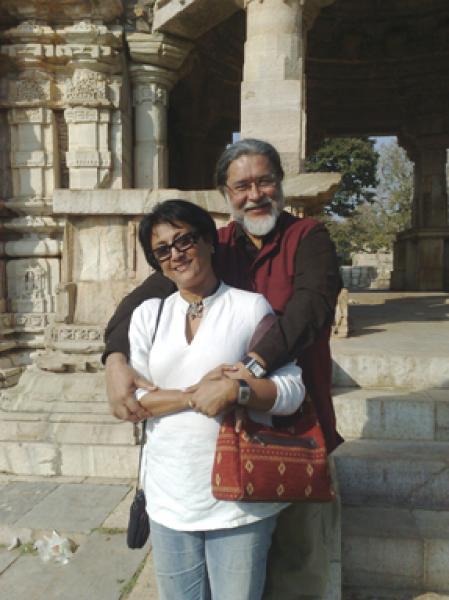Reverse Exodus

In March, Dhananjay Datar, promoter of the $50 million United Arab Emirates-based Al Adil Trading Co., celebrated the 25th anniversary of his business. He hired a Boeing 737 and circled Dubai for several hours as 50 guests popped champagne and ate cake. After touchdown, he presented his wife, Vandana, with a $2 million Rolls Royce Phantom.
Around the same time, other Boeing 737s were ferrying laid-off Indian workers back from Dubai to Thiruvananthapuram, Kozhikode and Kochi, principal cities in the southern Indian state of Kerala. They hope to return, but at the moment it doesn’t seem likely.

Image Caption
Some 200,000 to 500,000 Keralites working in the Gulf are likely to return home by midyear, state finance minister T.M. Thomas Isaac told the State Assembly recently. This is a considerable chunk of the estimated two million-plus Keralites working abroad, nearly 90% of them in the Gulf. The 2001 census put Kerala’s population at 31.8 million. Non-resident Keralites (NRKs) send back close to $8 billion in remittances annually, more than double the state’s tax revenues. The impact of the reverse exodus — both economically and socially — could be devastating, according to experts.






